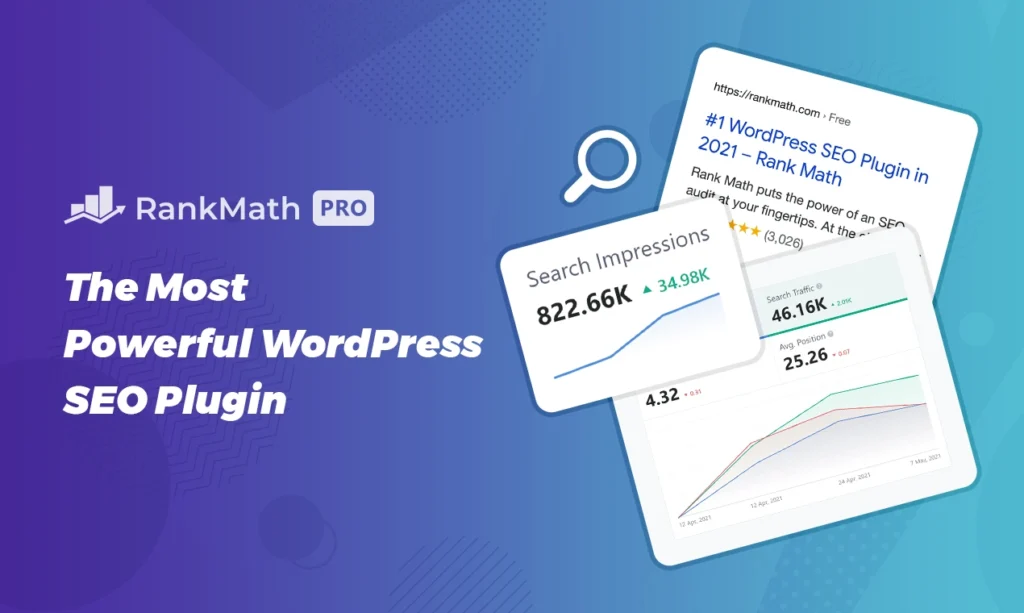Table of Contents
Introduction
Artificial intelligence (AI) language models are becoming increasingly popular, as they can be used to perform a variety of tasks, such as generating text, translating languages, and writing different kinds of creative content. In this article, we will compare some of the most popular AI language models, including Bard, ChatGPT, Watson, LaMDA, PaLM, GPT-3, GPT-J, Gopher, Meena, and Turing NLG. We will discuss their strengths and weaknesses, and we will provide recommendations for which model to use for different tasks.

Table 1: Comparison of AI Language Models
| Model | Size of training dataset | Accuracy on a variety of tasks | Speed | Cost | Availability |
|---|---|---|---|---|---|
| Bard | 137B parameters | High | Fast | Free | Public |
| ChatGPT | 175B parameters | High | Fast | Free | Public |
| Watson | 100B parameters | High | Slow | Expensive | Private |
| LaMDA | 137B parameters | High | Fast | Free | Public |
| PaLM | 540B parameters | High | Slow | Expensive | Private |
| GPT-3 | 175B parameters | High | Fast | Expensive | Private |
| GPT-J | 175B parameters | High | Fast | Expensive | Private |
| Gopher | 540B parameters | High | Fast | Expensive | Private |
| Meena | 340B parameters | High | Fast | Free | Public |
| Turing NLG | 137B parameters | High | Fast | Free | Public |
Pros and cons of AI language models
Bard
- Pros:
- High accuracy
- Fast
- Free
- Publicly available
- Cons:
- Not as large of a training dataset as some other models
- May not be as good at generating creative content as some other models
ChatGPT
- Pros:
- High accuracy
- Fast
- Free
- Publicly available
- Cons:
- Not as large of a training dataset as some other models
- May not be as good at generating creative content as some other models
Watson
- Pros:
- High accuracy
- Slow
- Expensive
- Privately available
- Cons:
- Not as fast as some other models
- Not as affordable as some other models
- Not publicly available

Click to know more about the above product from a Chatbot
LaMDA
- Pros:
- High accuracy
- Fast
- Free
- Publicly available
- Cons:
- Not as large of a training dataset as some other models
- May not be as good at generating creative content as some other models
PaLM
- Pros:
- Highest accuracy of all models
- Slow
- Expensive
- Privately available
- Cons:
- Not as fast as some other models
- Not as affordable as some other models
- Not publicly available
GPT-3
- Pros:
- High accuracy
- Fast
- Expensive
- Privately available
- Cons:
- Not as large of a training dataset as some other models
- May not be as good at generating creative content as some other models
GPT-J
- Pros:
- High accuracy
- Fast
- Expensive
- Privately available
- Cons:
- Not as large of a training dataset as some other models
- May not be as good at generating creative content as some other models

Gopher
- Pros:
- High accuracy
- Fast
- Expensive
- Privately available
- Cons:
- Not as large of a training dataset as some other models
- May not be as good at generating creative content as some other models
Meena
- Pros:
- High accuracy
- Fast
- Free
- Publicly available
- Cons:
- Not as large of a training dataset as some other models
- May not be as good at generating creative content as some other models
Turing NLG
- Pros:
- High accuracy
- Fast
- Free
- Publicly available
- Cons:
- Not as large of a training dataset
Conclusion
In conclusion, the comparative data here about language models shows that there is no single model that is best for all tasks. The best model for a particular task will depend on the specific requirements of that task. However, the data does show that large language models (LLMs) are generally more accurate than smaller models. LLMs are also able to learn from more data, which makes them more versatile and adaptable. As LLMs continue to be developed and improved, they are likely to become even more powerful and useful tools for a variety of tasks.
Further Reading: https://techhorizoncity.com/chatgpt-vs-bard-which-ai-chatbot-is-better/

